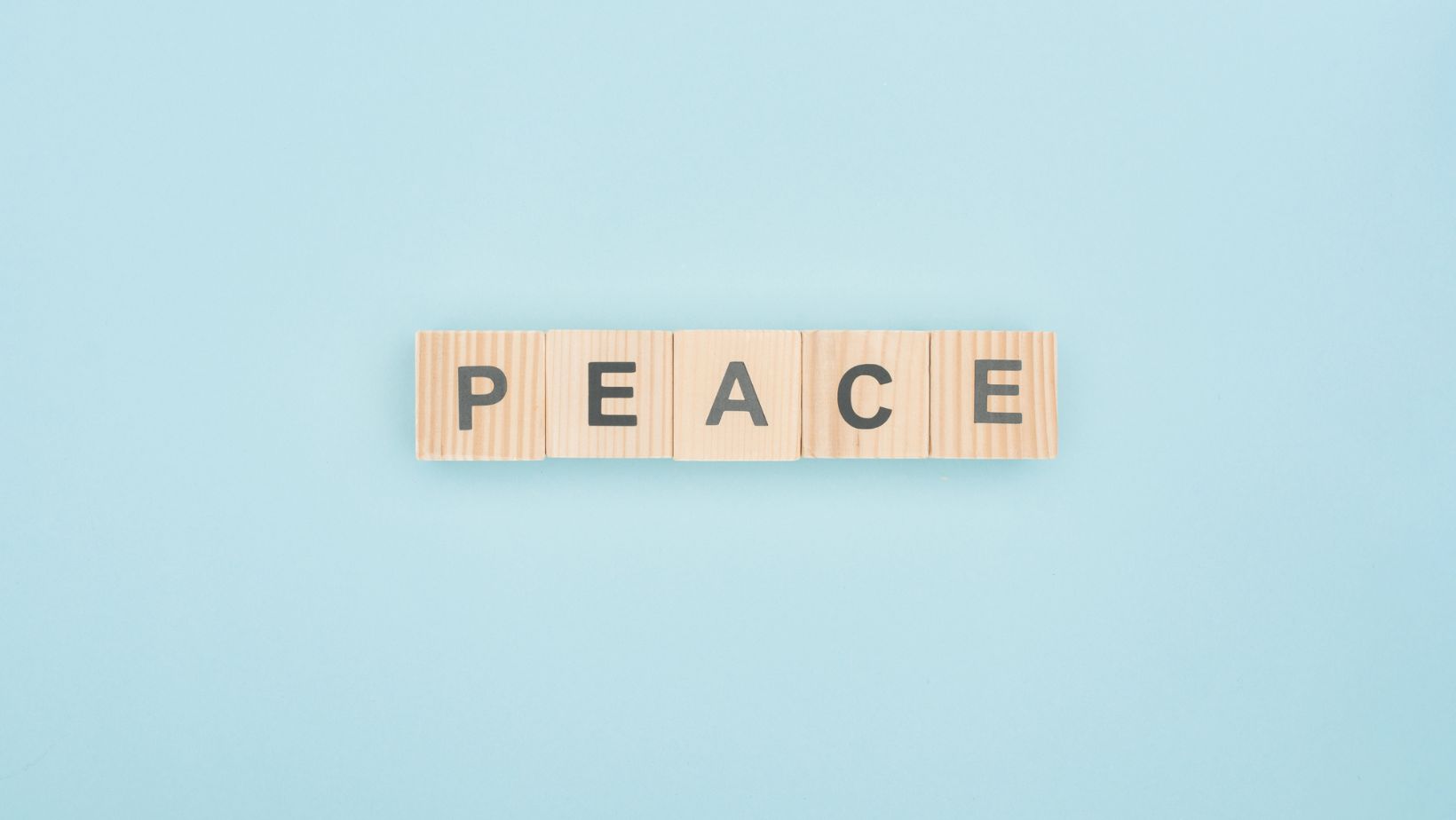This is precisely the vision behind the International Day of Peace, observed annually on September 21st. But how did this day come to be, and why is it more relevant now than ever?
History of International Day of Peace
The International Day of Peace, also known as World Peace Day, was established by the United Nations General Assembly in 1981. Initially, it was celebrated on the third Tuesday of September, coinciding with the opening session of the UN General Assembly. However, in 2001, the General Assembly unanimously voted to designate September 21st as the permanent date for the International Day of Peace.
The resolution that established this day was introduced by Costa Rica, a nation known for its commitment to peace, having abolished its military in 1948. The primary purpose of this day is to strengthen the ideals of peace within and among all nations and peoples. It serves as a reminder to the world of the UN’s commitment to peace and its efforts to end conflict and promote harmony.
In 2013, the UN Peace Bell was dedicated as a symbol of the International Day of Peace. Cast from coins donated by children from all continents, the bell stands as a powerful reminder of the human cost of war. Its inscription reads: “Long live absolute world peace.”
Over the years, the International Day of Peace has evolved to include a call for a 24-hour global ceasefire, inviting all nations and groups to honor a day of non-violence and cease all hostilities for the duration of the day. This ambitious goal underscores the day’s significance in promoting dialogue and understanding as alternatives to conflict.
Ideas to Celebrate International Day of Peace
Celebrating the International Day of Peace is about more than just acknowledging its existence; it’s an opportunity for individuals, communities, and nations to actively contribute to a culture of peace. There are numerous ways to participate, ranging from personal reflection to community engagement and global awareness initiatives.
- Organize or participate in a local peace walk or rally in your community
- Host a multicultural potluck dinner to celebrate diversity and foster understanding
- Create peace-themed art or participate in a community mural project
- Volunteer for a local organization that promotes peace and social justice
- Engage in a personal act of reconciliation or forgiveness
Education as a Tool for Peace
One of the core themes often emphasized on the International Day of Peace is the role of education in fostering a culture of harmony. Education is seen as a powerful tool for promoting understanding, tolerance, and friendship among nations, racial, or religious groups. Many educational institutions use this day to implement peace education programs, teaching conflict resolution skills, and promoting intercultural understanding.
Universities and schools often organize special lectures, workshops, and seminars focusing on peace-related topics. These events aim to engage students in discussions about global issues, human rights, and the importance of diplomatic solutions to conflicts. By nurturing a generation of peace-minded individuals, education plays a crucial role in building a more stable and harmonious world.
Moreover, the UN often uses this day to highlight the importance of global citizenship education, which aims to empower learners to assume active roles in facing and resolving global challenges. This approach to education fosters a sense of belonging to a broader community and common humanity, promoting a more peaceful and sustainable world.
The Role of Technology in Promoting Peace
In recent years, technology has emerged as a powerful tool for promoting peace and understanding across borders. Social media platforms and digital communication tools have made it easier than ever for people from different parts of the world to connect, share experiences, and build relationships. This interconnectedness has the potential to break down barriers and foster a global community of peace advocates.
Many organizations leverage technology to spread awareness about the International Day of Peace and engage people in peace-building activities. Virtual reality experiences that allow users to “walk in someone else’s shoes” are being used to build empathy and understanding. Online platforms facilitate global conversations and collaborations on peace initiatives, enabling people from diverse backgrounds to work together towards common goals.
Additionally, technology is being used to monitor conflicts, provide early warning systems, and support peacekeeping efforts. Data analytics and artificial intelligence are helping organizations identify potential conflict hotspots and develop targeted interventions.
These technological advancements are creating new possibilities for maintaining peace and resolving conflicts in innovative ways.
As we observe the International Day of Peace, it’s crucial to recognize that peace is not merely the absence of war, but the presence of justice, equality, and harmony. This day serves as a powerful reminder of our shared responsibility in creating a more peaceful world, challenging us to translate our aspirations for peace into concrete actions in our daily lives.
Whether through education, technology, or community engagement, each of us has the power to contribute to the global peace movement, one step at a time.
